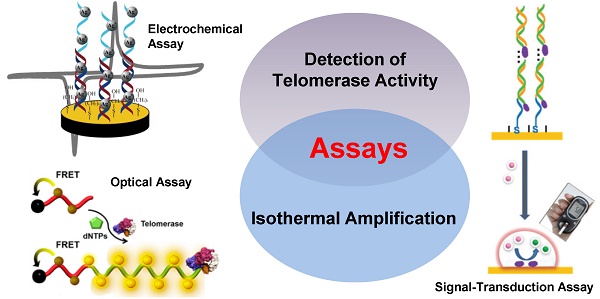当前位置:
X-MOL 学术
›
Theranostics
›
论文详情
Our official English website, www.x-mol.net, welcomes your
feedback! (Note: you will need to create a separate account there.)
Current and emerging techniques for antibiotic susceptibility tests
Theranostics ( IF 12.4 ) Pub Date : 2017-04-10 , DOI: 10.7150/thno.19217 Karan Syal 1 , Manni Mo 1, 2 , Hui Yu 1 , Rafael Iriya 1, 2 , Wenwen Jing 1 , Sui Guodong 3 , Shaopeng Wang 1, 4 , Thomas E Grys 5 , Shelley E Haydel 6, 7 , Nongjian Tao 1, 2, 4
Theranostics ( IF 12.4 ) Pub Date : 2017-04-10 , DOI: 10.7150/thno.19217 Karan Syal 1 , Manni Mo 1, 2 , Hui Yu 1 , Rafael Iriya 1, 2 , Wenwen Jing 1 , Sui Guodong 3 , Shaopeng Wang 1, 4 , Thomas E Grys 5 , Shelley E Haydel 6, 7 , Nongjian Tao 1, 2, 4
Affiliation

|
Infectious diseases caused by bacterial pathogens are a worldwide burden. Serious bacterial infection-related complications, such as sepsis, affect over a million people every year with mortality rates ranging from 30% to 50%. Crucial clinical microbiology laboratory responsibilities associated with patient management and treatment include isolating and identifying the causative bacterium and performing antibiotic susceptibility tests (ASTs), which are labor-intensive, complex, imprecise, and slow (taking days, depending on the growth rate of the pathogen). Considering the life-threatening condition of a septic patient and the increasing prevalence of antibiotic-resistant bacteria in hospitals, rapid and automated diagnostic tools are needed. This review summarizes the existing commercial AST methods and discusses some of the promising emerging AST tools that will empower humans to win the evolutionary war between microbial genes and human wits.
中文翻译:

当前和新兴的抗生素敏感性测试技术
由细菌病原体引起的传染病是世界范围内的负担。严重的细菌感染相关并发症(例如败血症)每年影响超过一百万人,死亡率在 30% 至 50% 之间。与患者管理和治疗相关的关键临床微生物学实验室职责包括分离和识别致病细菌以及进行抗生素敏感性测试 (AST),这些测试是劳动密集型、复杂、不精确且缓慢(需要数天,具体取决于细菌的生长速度)病原)。考虑到脓毒症患者危及生命的情况以及医院中抗生素耐药细菌的日益流行,需要快速、自动化的诊断工具。这篇综述总结了现有的商业 AST 方法,并讨论了一些有前途的新兴 AST 工具,这些工具将使人类能够赢得微生物基因和人类智慧之间的进化战争。
更新日期:2017-07-01
中文翻译:

当前和新兴的抗生素敏感性测试技术
由细菌病原体引起的传染病是世界范围内的负担。严重的细菌感染相关并发症(例如败血症)每年影响超过一百万人,死亡率在 30% 至 50% 之间。与患者管理和治疗相关的关键临床微生物学实验室职责包括分离和识别致病细菌以及进行抗生素敏感性测试 (AST),这些测试是劳动密集型、复杂、不精确且缓慢(需要数天,具体取决于细菌的生长速度)病原)。考虑到脓毒症患者危及生命的情况以及医院中抗生素耐药细菌的日益流行,需要快速、自动化的诊断工具。这篇综述总结了现有的商业 AST 方法,并讨论了一些有前途的新兴 AST 工具,这些工具将使人类能够赢得微生物基因和人类智慧之间的进化战争。











































 京公网安备 11010802027423号
京公网安备 11010802027423号